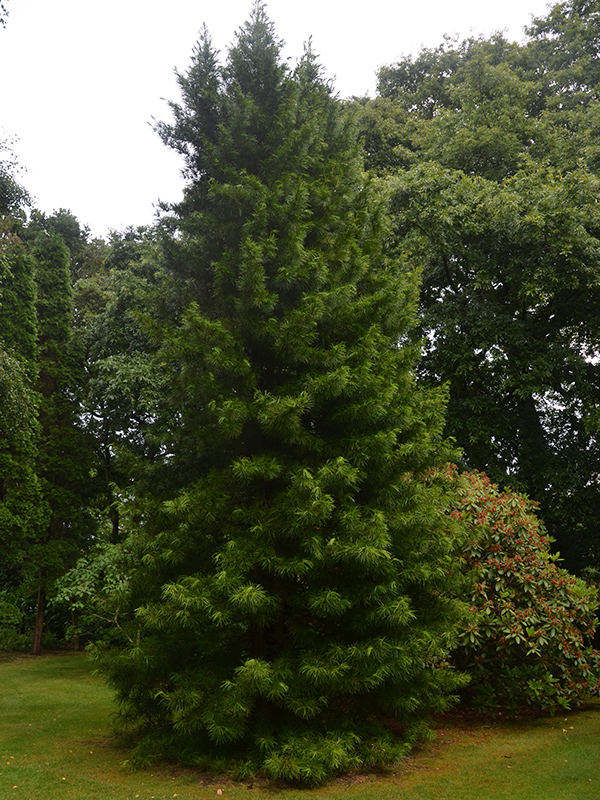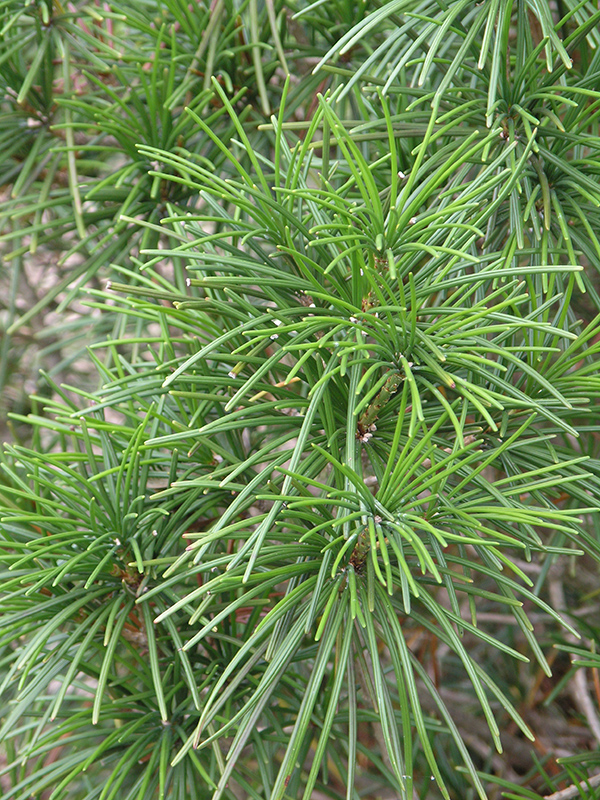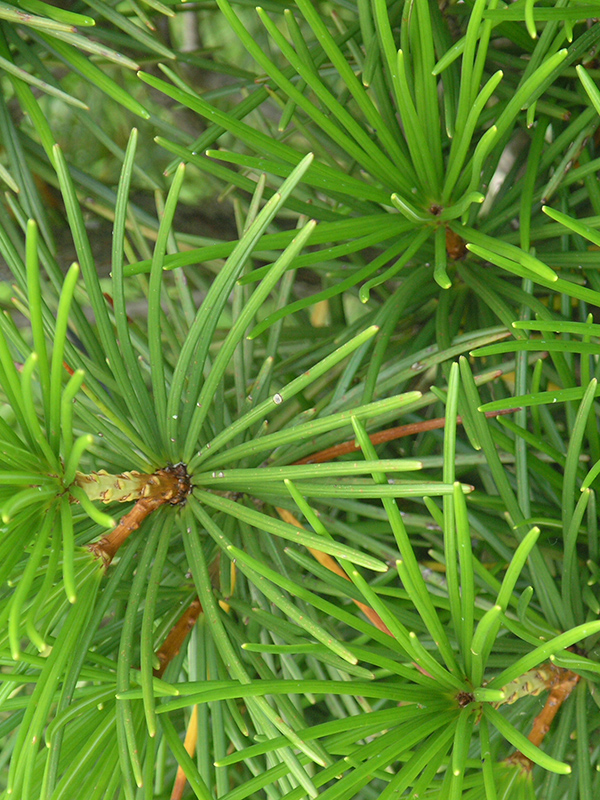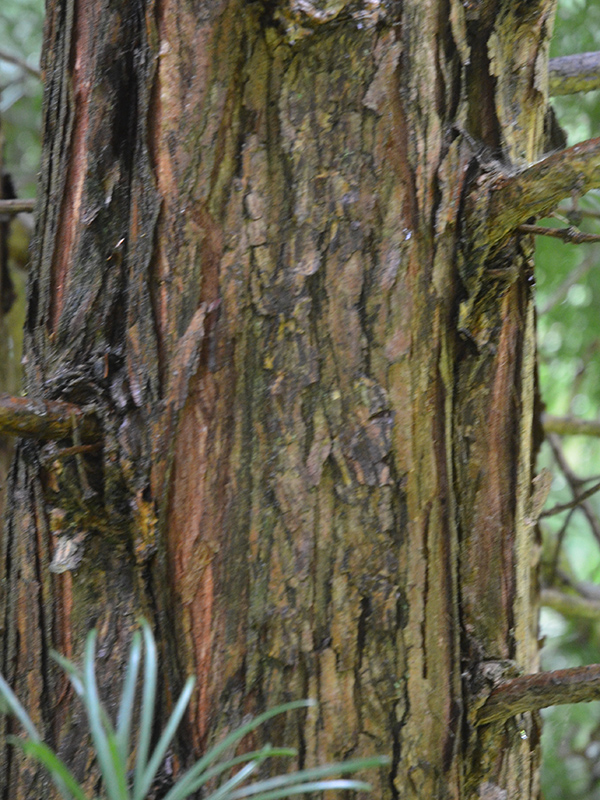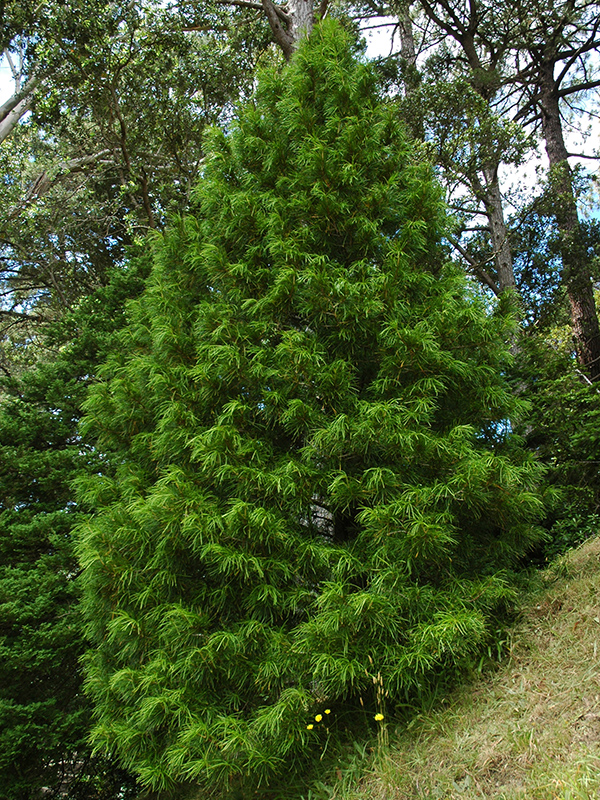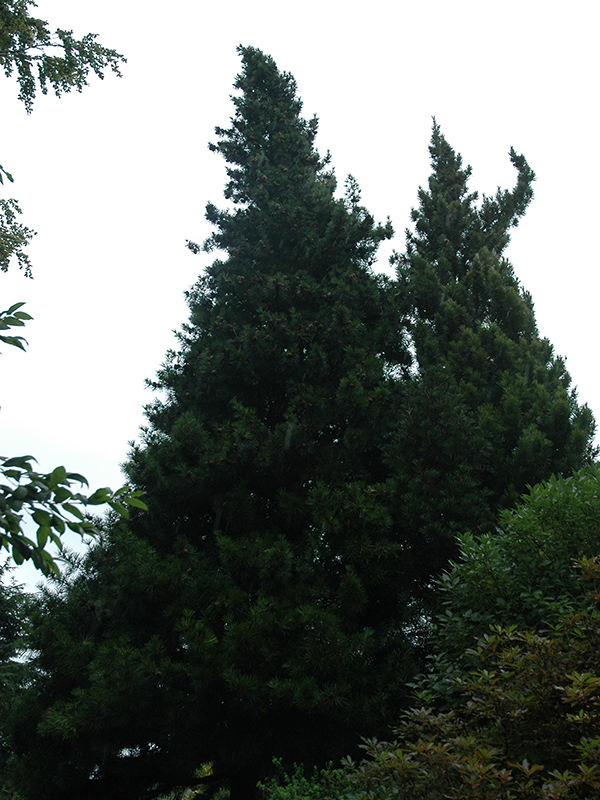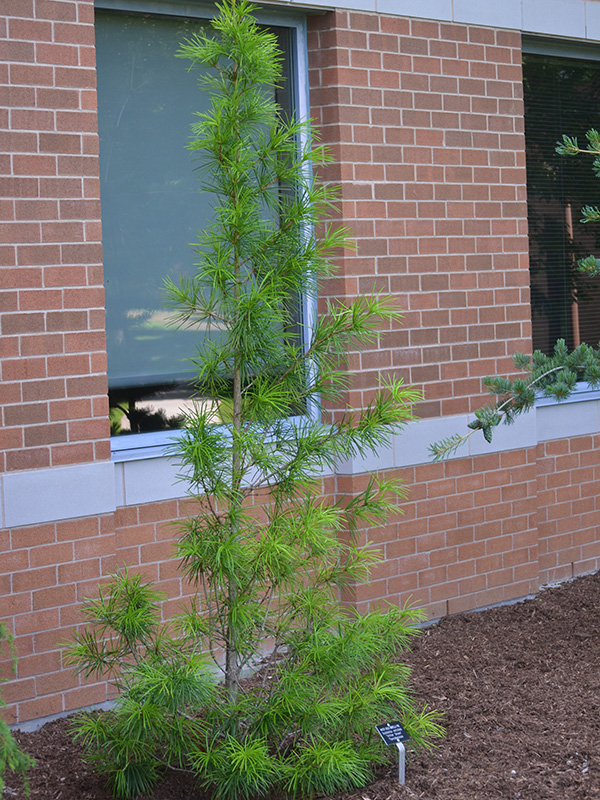| General Description | A slow growing, unusual plant that has very interesting textural properties due to its unusual leaf arrangement. |
| ID Characteristic | A unique, interesting texture, needled evergreen tree. Branch tips end in whorls of 20-30 flat needle-like leaves. |
| Shape | Broadly pyramidal to spire-like. |
| Landscape | Primarily used as a specimen, but also used as a lawn tree, rock gardens, decoration or as an accent. Does best in full sun and in rich, moist acidic soils. Has high salt tolerance.
|
| Propagation | Either warm stratification for 100 days in moist sand at 17-21 °C or cold for 90 days in moist, acid peat at 0-10 °C. |
| Cultivation | Prefers rich, moist acidic soils and full sun. It may need wind protection in winter thus proper sight selection is very important. |
| Pests | No serious pests or diseases. |
| Notable Specimens | Rayner Gardens, London, Ontario. The Gardens of Fanshawe College, London, Ontario, Canada and The A.M. Cuddy Garden, Strathroy, Ontario, Canada. Pinetum Park and Pine Lodge Gardens, Cornwall, England. |
| Habitat | Middle cloud forests at roughly 500-1000 m with high rainfall and humidity. |
| Bark/Stem Description | Thin, smooth, orange to red-brown and exfoliating in long strips. The bark is quite handsome but is essentially hidden by the foliage. |
| Flower/Leaf Bud Description | The buds are ovoid, 3-4 mm across, and only produced at the shoot tips. |
| Leaf Description | Small, scaled-like, glaucous-green groove, dark glossy green, thick and the way the needles radiate around the stem creates an 'umbrella' effect. |
| Flower Description | Monoecious, terminal and subtended by a small bract. Female flowers are single, terminal with a small leaf underneath. Male flowers are 2.5 cm long racemes. |
| Fruit Description | Cones are oblong-ovate, 5-10 cm upright. Cones are green their first year, turning brown in their second year. Each cone produces 5-9 seeds. |
| Colour Description | Leaves are dark green and glossy above throughout the year. Cones are green at first, ripening to brown within the second year. |
| Texture Description | Medium-coarse, one of the most interesting conifers for textural effect. |
